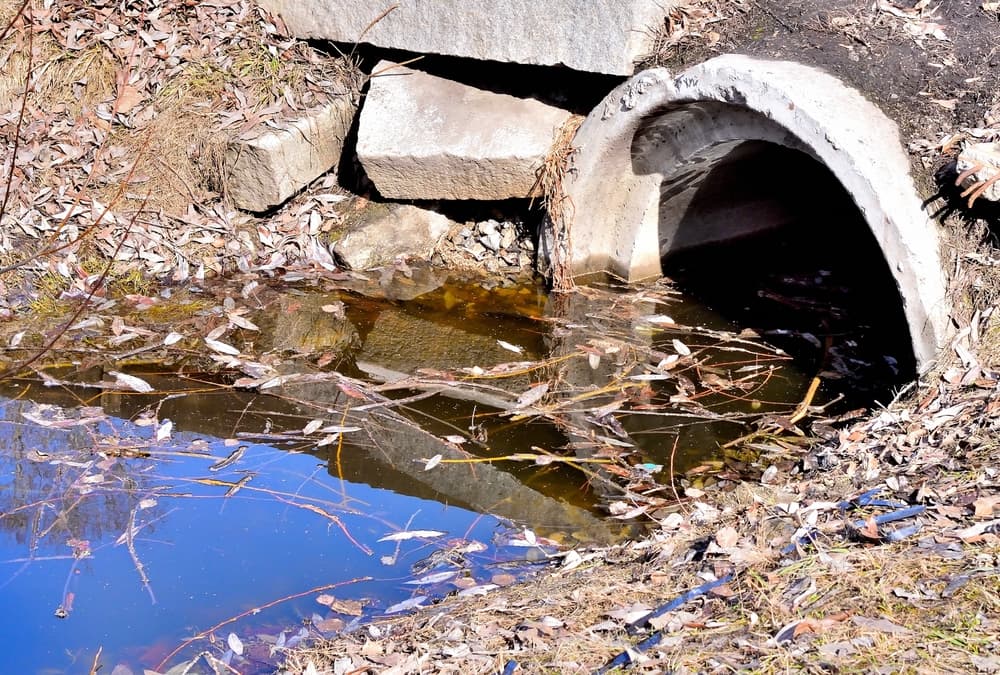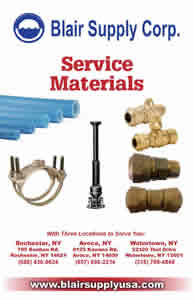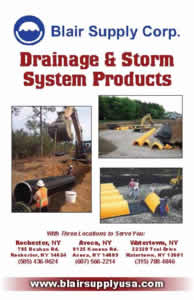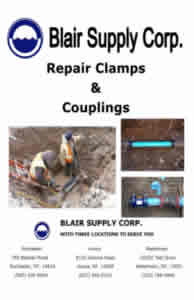Blog
Culvert Installation Nuances, Pt. 1: Depth & Slope

Whether you’re a civil engineer, a contractor, or a homeowner, understanding the nuances of culvert installation is essential to ensure the proper functionality and longevity of these drainage systems.
In this regard, two critical characteristics to consider are the depth and slope of culvert pipes in your Watertown project, since both are crucial for effective drainage and preventing potential issues like flooding, erosion, or structural damage.
By considering hydraulic factors, traffic loads, soil conditions, and local regulations, you can determine the optimal burial depth and minimum slope for your culvert installation project, therefore ensuring their unobstructed functioning and longevity.
How deep should you bury a culvert pipe?
One of the fundamental aspects to consider during culvert installation is determining the appropriate depth at which to bury the culvert pipe. This particular requirement primarily depends on the intended purpose of the culvert and the environmental factors at play and is determined by considering the following elements:
Hydraulic considerations
Correctly determining these elements ensures that the culvert can handle the expected water flow, control velocity to prevent erosion, and manage debris effectively:
- Water flow: The depth and size of the pipe should be sufficient to accommodate the expected water flow. A deeper culvert allows for a higher water volume, reducing the risk of overtopping during heavy rainfall or floods.
- Velocity control: The depth of the culvert affects the flow velocity of the water passing through. Adequate depth helps control said velocity, preventing erosion and ensuring the stability of the entire structure.
- Debris management: In areas prone to debris accumulation (e.g. leaves, branches, sediment, etc.), a deeper culvert can help create a buffer zone, reducing the likelihood of clogging and subsequent blockages.
Road/driveway considerations
These factors are important for preventing structural damage and maintaining the integrity of the culvert under heavy vehicle use, based on anticipated traffic loads and frost depths:
- Traffic load: Deeper burial provides added strength and resistance to external pressure, preventing damage from heavy vehicles passing overhead.
- Frost depth: In regions with freezing temperatures, the pipe should be buried below the frost line to prevent heaving, which can cause structural damage and disrupt the flow of water.
Environmental considerations
Assessing soil conditions, groundwater levels, and local environmental factors ensures the installation is durable, stable, and minimally disruptive to the surrounding ecosystem.
- Soil conditions: The type and stability of the soil influence the required depth for culvert installation. Soft or loose soils may necessitate deeper burial to ensure the stability and durability of the structure.
- Groundwater level: If the groundwater level is high, it’s important to consider burying the pipe deep enough to prevent seepage and maintain its structural integrity.
- Local environmental factors: Characteristics of the surrounding area, such as climate, vegetation, wildlife habitats, and water quality, must be taken into account to ensure the installation aligns with the ecological context.
What is the minimum slope for a pipe culvert?
The slope, or grade, of a culvert pipe is another critical factor to consider during installation, as it determines the flow velocity and capacity of the culvert, ensuring efficient drainage. Here’s what you need to know about the minimum slope requirements:
- Manning’s Equation takes into account the pipe’s diameter, roughness coefficient, and desired flow velocity to help calculate the slope necessary for achieving the desired hydraulic efficiency.
- Self-cleansing velocity ensures that sediment, debris, and other pollutants are efficiently transported through the pipe, minimizing the risk of clogging, and is directly dependent on the grade of the culvert pipe.
- Local regulations and standards must be taken into consideration, as different regions and authorities may have specific requirements for the minimum slope of culverts based on local conditions (i.e. rainfall intensity, drainage needs, etc.). Consult local regulations and engineering standards to ensure compliance.
- Culvert length will impact the slope requirement, with longer culverts typically requiring a steeper slope to maintain the desired flow velocity and prevent sedimentation.
Who sells top-quality culvert pipes in Watertown & near me?
Blair Supply Corp. is the leading provider of premium sewer and drainage materials in Watertown and throughout the state of NY. Whether you’re looking for plastic or metal culvert pipes, HDPE or PVC fittings, or any type of couplings or sealings, we’ll have a carefully sourced component to fit the needs of your upcoming project in Jefferson County.
Don’t settle for subpar drainage solutions when the best ones are within your reach. Contact us today and experience exceptional durability, superior performance, and unmatched reliability with our extensive product range!







